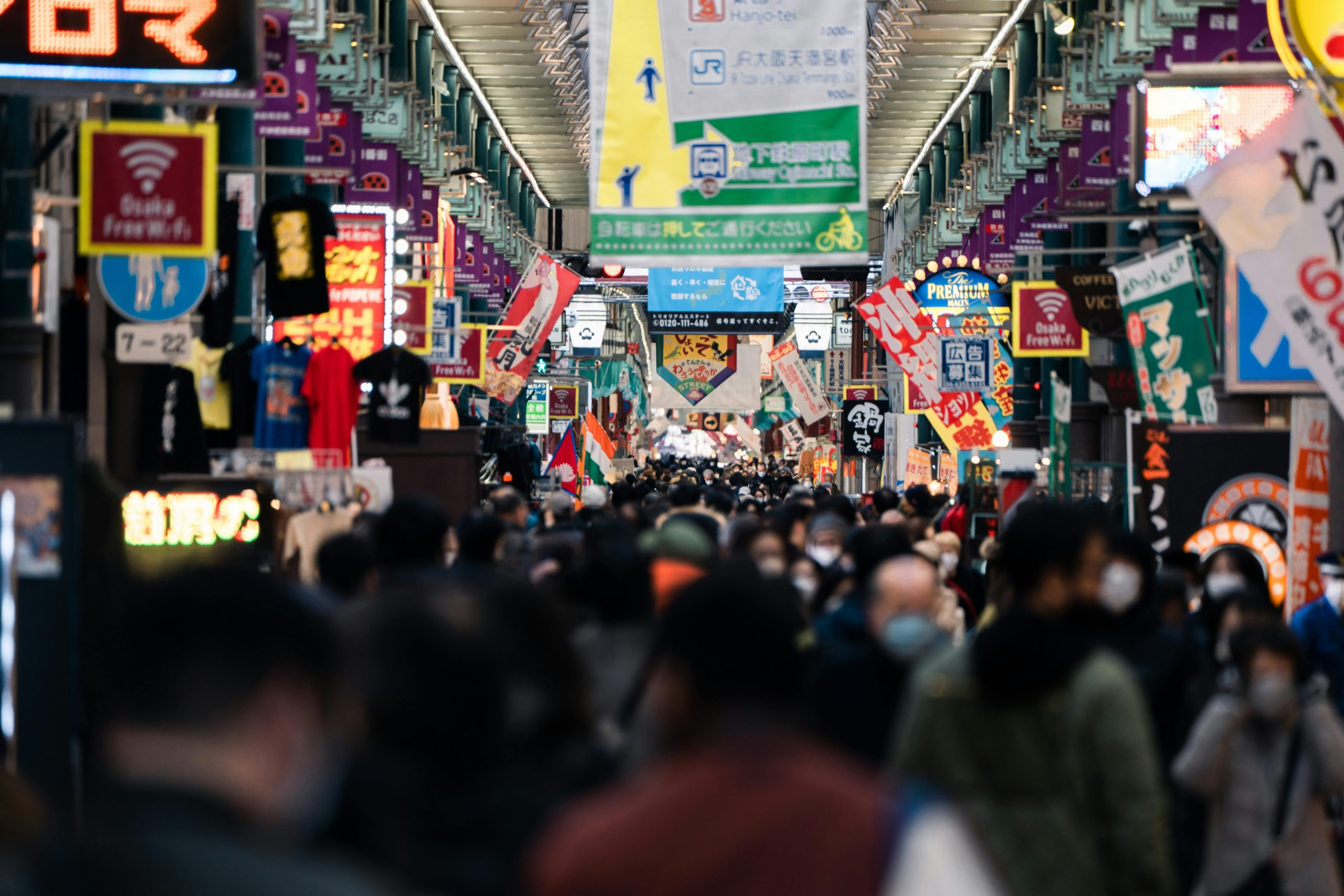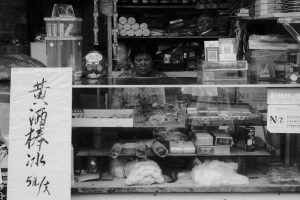Shopping While Traveling: Cultural Differences and Similarities
As travelers, there’s no denying the excitement that comes with exploring new destinations and experiencing different cultures. From tasting exotic dishes to visiting historical landmarks, every aspect of traveling offers unique opportunities for cultural immersion. One particular activity that often goes unnoticed but is deeply ingrained in every culture is shopping. While some may see it as a mere necessity, for others, shopping is an essential part of their culture and a true reflection of their traditions and beliefs. In this article, we will take a deeper look at shopping while traveling and unravel the cultural differences and similarities that make it such an enriching experience.
Shopping as a Cultural Activity
Shopping is more than just buying necessities or souvenirs; it is a way of life for many people. In some cultures, shopping is seen as a communal activity, where friends and family gather to browse and make purchases together. This is especially prevalent in Asian and Middle Eastern countries, where bargaining and haggling are not only expected but also considered a form of social interaction.
In contrast, Western cultures view shopping as an individual activity, where people often prefer to shop alone or with minimal company. This can be attributed to the fast-paced lifestyle and the rise of online shopping, which has made it more convenient for people to purchase items without leaving their homes.
The Role of Markets and Bazaars
Markets and bazaars are a staple in many cultures and an integral part of the shopping experience while traveling. These bustling hubs are a melting pot of various goods, ranging from food to clothing, and are a true reflection of the local customs and traditions. In some countries, visiting the local market is a must-do activity, not only for the unique products but also for the vibrant atmosphere and the opportunity to interact with the locals.
In many Eastern cultures, such as India and Thailand, markets are known for their chaotic and lively atmosphere. Bargaining is deeply ingrained in the local culture, and it is expected that customers will haggle for a better price. This may seem overwhelming to some travelers, but it is an excellent opportunity to learn more about the local customs and develop your bargaining skills.
Globalization and the Changing Shopping Landscape
With the rise of e-commerce and fast fashion, the shopping landscape has transformed drastically over the years. While markets and bazaars are still prevalent, shopping malls and department stores have become the norm in many countries. This shift has had a profound impact on local economies and traditional shopping practices.
Some argue that the prevalence of global brands and chain stores has led to the homogenization of shopping experiences around the world. However, others argue that it has also made it easier for travelers to navigate different cultures and find familiar items while abroad. Nevertheless, it is essential to support local businesses and artisans to preserve their unique traditions and keep the shopping experience authentic.
The Influence of Social Media on Shopping Trends
In recent years, social media has become a powerful tool in shaping shopping trends and influencing consumer behavior. With the rise of influencer culture, people are increasingly turning to social media platforms for inspiration and product recommendations. This is especially prevalent in the travel industry, with many travelers sharing their shopping experiences on social media and influencing others to do the same.
Social media has also made it easier for travelers to research and discover unique products and shopping destinations, making the traveling and shopping experience more connected than ever before. However, it is essential to remember that social media only highlights a small portion of a culture and should not be the sole source of information when it comes to shopping while traveling.
The Universal Language of Shopping
Despite the cultural differences, one thing remains constant – shopping is a universal language. While customs and traditions may differ, the thrill of finding a unique item, bargaining for a good price, and bringing home a piece of the local culture is something that every traveler can relate to. Shopping is not only about acquiring material possessions; it is also a way of connecting with people, understanding different cultures, and creating meaningful memories.
In conclusion, shopping while traveling is a unique experience that offers a glimpse into the local culture and traditions. Understanding the cultural differences and similarities surrounding shopping can enrich the experience and provide a deeper appreciation for the destination. So, the next time you travel, don’t forget to add shopping to your itinerary and immerse yourself in the local culture through this universal activity.










